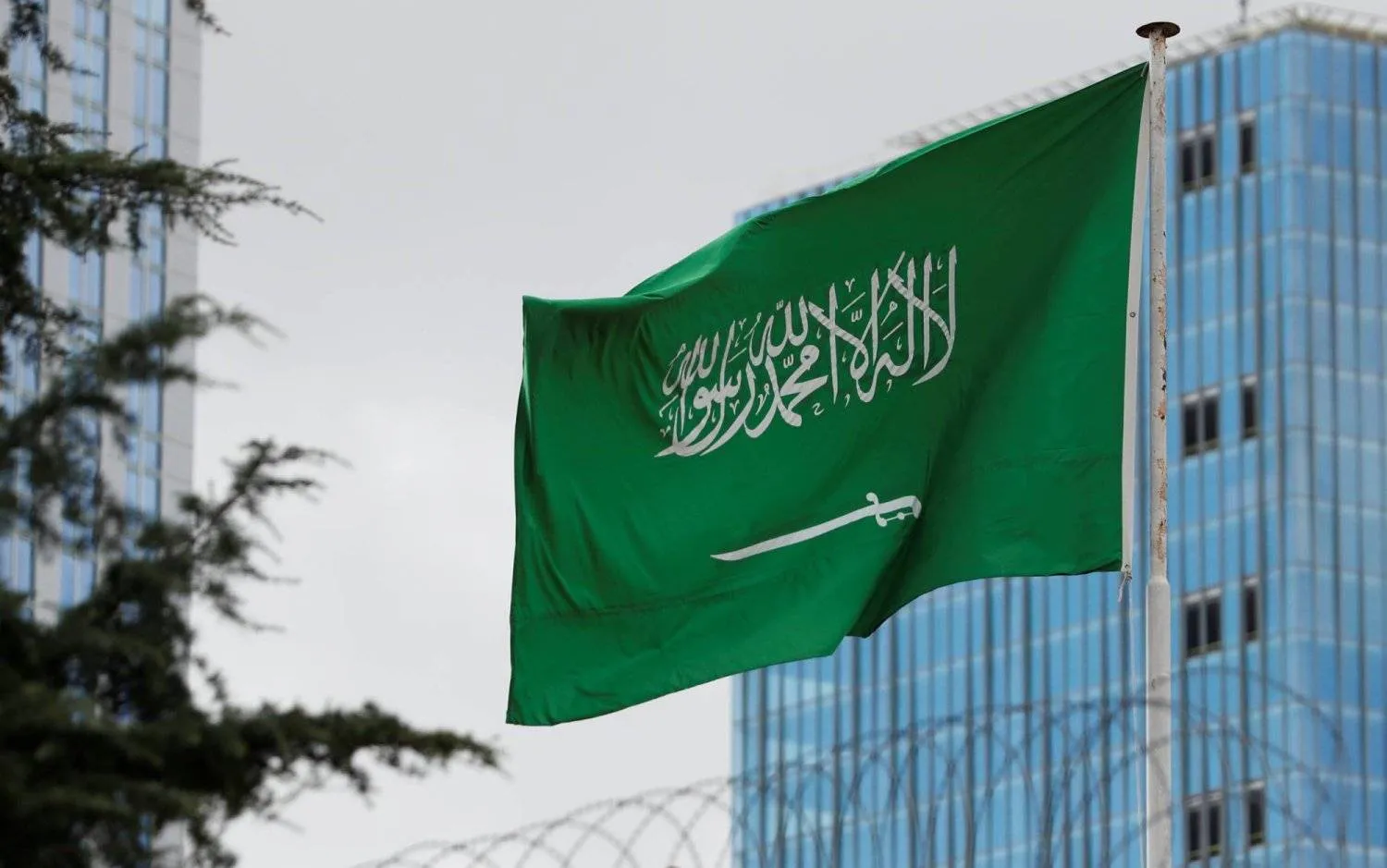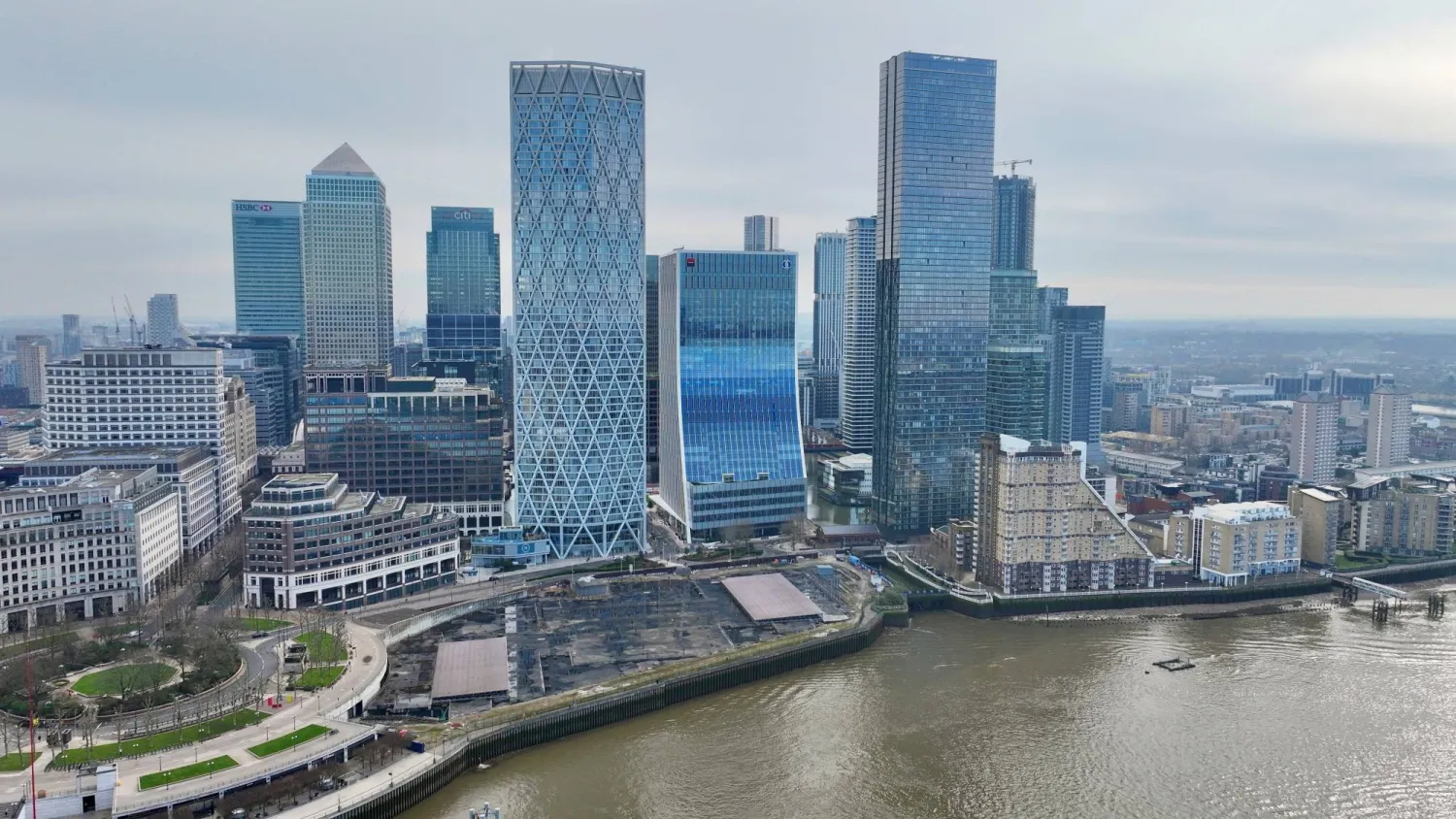The World Bank expects a sharp decline in the growth of the economies of the countries of the Middle East and North Africa region this year, reaching 1.9 percent from 6 percent last year, driven by reduced oil production, tight global financial conditions, and high inflation.
These forecasts were issued before the military escalation between Israel and Gaza, which will have repercussions on the economy at the regional and global levels. Bloomberg expects global growth to decline to 1.7 percent (from 1.9 percent according to recently issued International Monetary Fund estimates).
In an interview with Asharq Al-Awsat on the sidelines of the annual meetings of the International Monetary Fund (IMF) and the World Bank in Marrakesh, World Bank’s chief economist for the Middle East and North Africa region, Roberta Gatti, said that the region witnessed exceptional growth last year, which was the highest in about 15 years, driven by oil prices and the rise in oil exports after the Russian-Ukrainian war. In 2023, growth declined starkly, as demand for oil was below the expectations.
Hence, the largest decline in growth rates was registered in the oil-exporting countries of the Gulf Cooperation Council, where real GDP growth is expected to reach 1 percent in 2023, down from 7.3 percent in 2022, as a result of oil production cuts and lower oil prices. As for oil-exporting developing countries, growth is expected to decline from 4.3 percent in 2022 to 2.4 percent in 2023.
According to Gatti, Saudi Arabia recorded a significant decline in the oil sector, in parallel with a remarkable growth in non-oil activities by about 3.7 percent.
In this context, the World Bank official noted that Saudi Arabia “takes the economic diversification agenda seriously”, as it plans its expenditures and its financial budget in accordance with a fixed price rate for oil based on around $70.
Gatti noted that other countries in the region, such as Egypt and Tunisia, whose economies were already affected by the pandemic, were suffering severely due to high inflation rates. Thus, higher interest rates would make the economic situation more complex, as they lead to increased debt service, she remarked.
On Egypt, the World Bank chief economist said that adopting a flexible exchange rate was is an essential step for the country, in parallel with the need for financial and structural policies that are consistent with the reforms requested by the IMF.
The most important way to reduce the high public debt to GDP is to maximize the role of the private sector with the aim of achieving greater growth, she stressed.
Gatti went on to say that the World Bank’s vision of the labor market in the Middle East and North Africa region was closely linked to growth and social stability. She explained that countries must think about doubling their resistance to shocks and finding the necessary mechanisms to expand financial space, as World Bank figures show that the MENA region has the highest incidence of climate-related disasters compared to other countries in the world.









